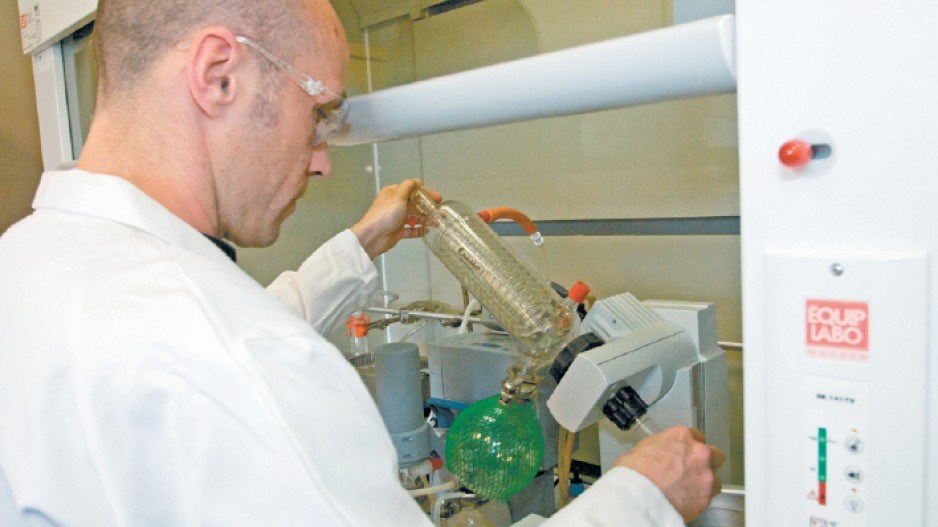Since 1969, scientists have known that a glycoprotein in Antarctic fish could have potential medical applications for tissue preservation.
But the glycoprotein – a kind of natural antifreeze that protects fish tissue from extreme cold – has a limited shelf life and limited use in humans. It would also take 100 tonnes of fish to produce one kilogram.
So when a scientist who now works for a French lab owned by Vancouver's Sirona Biochem Corp. (TSX-V:SBM) managed to synthesize the glycoprotein, it was a significant enough discovery that L'Oréal Group, the world's largest cosmetics company, slapped a field-of-use patent on it.
The Cincinnati Children's Hospital Medical Center also thinks the discovery has potential. In May, it signed a letter of intent with the Vancouver biotech to use a skin cream the research hospital developed as a delivery vehicle for the compound Sirona synthesized.
"The two of them together make an amazing anti-aging compound – we suspect they do," said Chris Stahl, business development manager for Cincinnati Children's Hospital's Center for Technology Commercialization.
The attention Sirona's discovery is attracting – both wanted and unwanted – confirms that there is a lot of interest in the synthetic protein's potential anti-aging properties.
"It's a demonstration of how valuable this technology is being perceived by the industry and how competitive an industry it is," said Sirona CEO Neil Belenkie. "Now we have what we believe is something that's worth investing in."
Sirona isn't sure what L'Oréal has planned. The field-of-use patent it filed was on a first- generation compound, which turned out to be unstable (it became toxic in human tissue in the lab), so that patent might be of limited use.
But Sirona's French lab – TFChem, which it acquired three years ago – has since synthesized a new generation of the compound that is stable.
"We've eliminated the problem that the first generation had," Belenkie said. "We have now got a stable chemical compound that we believe should be safe in humans."
Sirona believes the new compound could be used to preserve tissue longer for organ transplants and extend the shelf life of human blood for transfusions.
But it's the compound's anti-aging properties that Sirona plans to concentrate on first. Aside from the fact the global market for anti-aging cosmetics is estimated to be worth US$291 billion, there are also fewer regulatory hurdles to clear for cosmetics than for pharmaceuticals.
"We start with the cosmetics," Belenkie said, "and then the revenue that can be generated on the cosmetic supports the longer period required for all the pharmaceutical applications."
One big question mark is whether L'Oréal – or some other company – will file a new field-of-use patent to develop its own product based on a variation of the new Sirona glycoprotein, which would put Sirona in a race against a $41 billion company.
"It doesn't mean we don't get a chance to have a royalty, because they've used our base technology," said Belenkie, "but it means they have locked up the use that their modified patents will support."
Holding the patent on a drug or compound doesn't prevent another company from filing a field-of-use patent, which can restrict the use of the drug or compound to a certain industry or application.
Belenkie said the speed with which L'Oréal filed when Sirona's discoveries were still in the early research phase underscores just how much interest there is in it.
"[This] was something we were doing on the quiet. They were obviously paying really close attention to companies who were doing any work in this area". •




